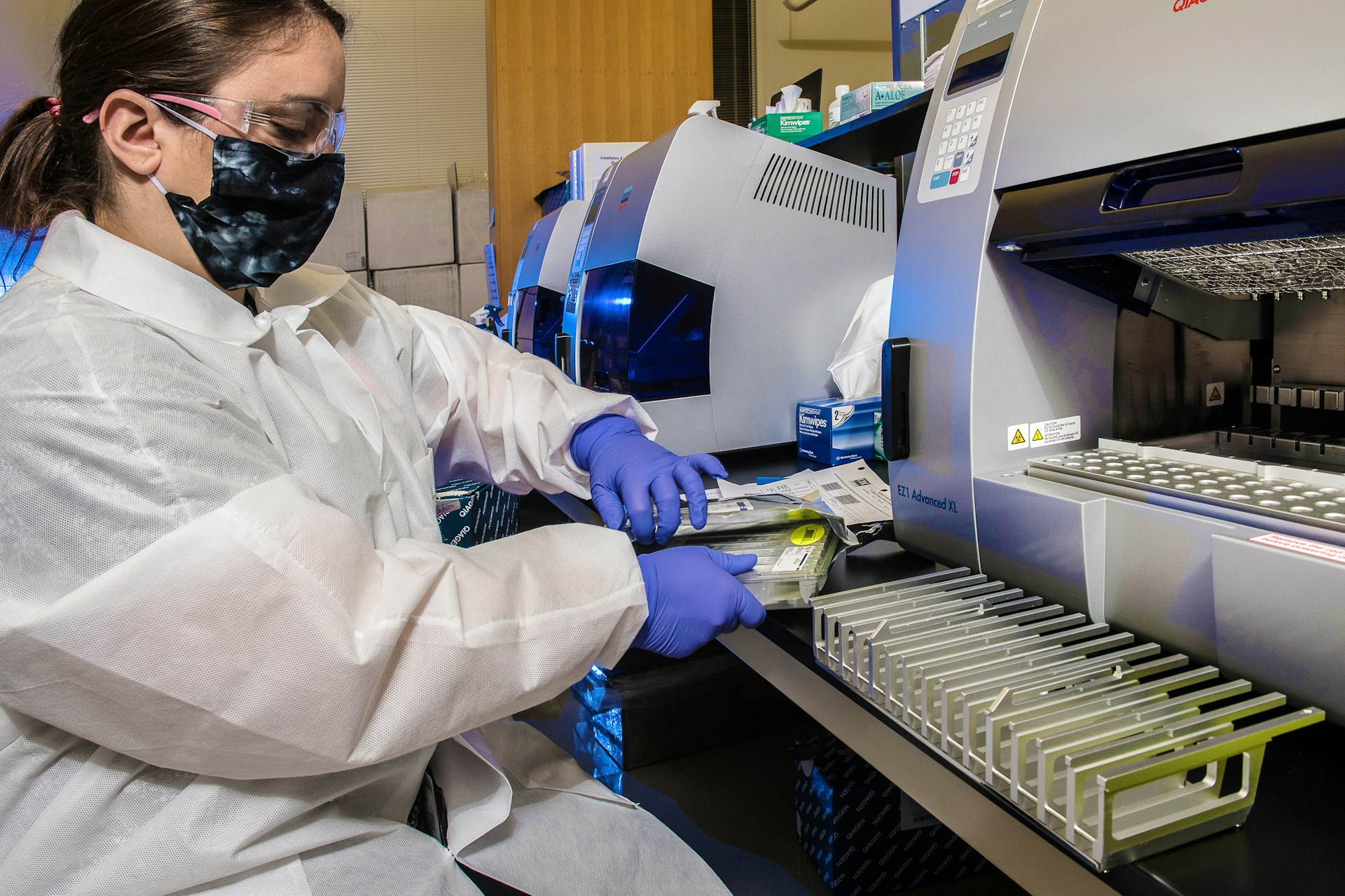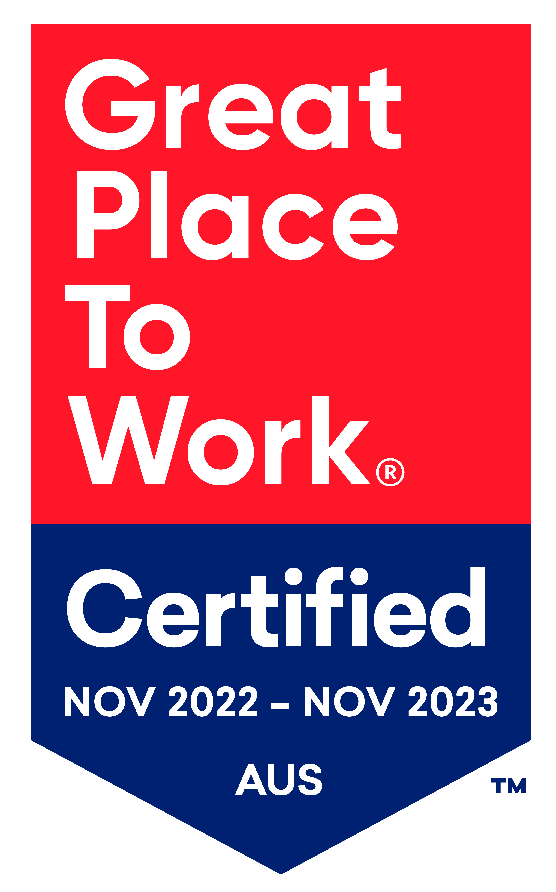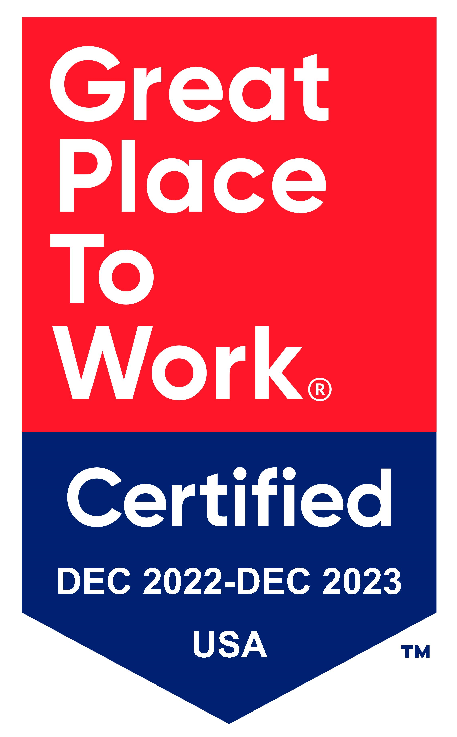Medical Recruitment Challenges in the Rare Diseases Sector
22 Feb, 20247 minutesIn the world of healthcare, one particular sector facing significant recruitment challenges ...

In the world of healthcare, one particular sector facing significant recruitment challenges is rare diseases. It is no secret that rare diseases significantly impact only a small portion of the population and present distinctive obstacles that demand specialised expertise from healthcare professionals. Yet, attracting and keeping talent in this sector proves to be a daunting task, limiting progress in delivering the best possible care to patients battling rare diseases.
In this guide, we will discuss how the economy impacts investment in the rare disease sector and its implications for recruitment within the industry. We will then explore the key medical recruitment challenges in the rare diseases sector and discuss the best strategies businesses must adopt to tackle these difficulties.
First, let’s dive into how the economy has impacted investment in the rare diseases sector as we explore its impact on medical recruitment:
How Has the Economy Impacted Investment in the Sector?
The current economy's impact on investment in the rare disease sector influences recruitment challenges. Economic downturns can reduce funding for research and development, where governments prioritise budgets for immediate healthcare needs during economic uncertainty, leading to fewer opportunities and less incentive for professionals to enter or remain in the field. Investor caution during uncertain economic times may also limit investment in early-stage research, and smaller biotech companies focused on rare diseases may further limit talent pools due to budget constraints to expand the workforce needed to drive innovation.
While reduced funding and investor caution influence medical recruitment challenges, stringent regulatory requirements may increase development costs and timelines, affecting investor confidence, which can further lead to recruitment challenges. Professionals may avoid pursuing careers in the sector due to the perceived risks associated with lengthy regulatory approval processes and the potential for limited market success, further limiting talent acquisition and retention.
Despite the presence of active talent-seeking opportunities, the scarcity of investment has created a challenging environment for recruitment in the rare disease sector. These economic factors significantly hinder collaborative efforts and limit the availability of skilled professionals and resources necessary for addressing rare diseases effectively and expanding the workforce within the sector.
The Key Medical Recruitment Challenges in the Rare Disease Sector
Over 7000 rare diseases have been identified and discovered, impacting around 260–440 million people globally and having a prevalence rate of 3.5%–5.9%. This figure highlights the rapid growth of rare diseases across the globe and demonstrates their negative impact on the population, further justifying the demand for specialist expertise within the sector to produce revolutionary therapies.
However, talent acquisition and retention are huge medical recruitment challenges within the rare disease sector, limiting advancements within the field. Here are the critical recruitment challenges businesses currently face within the rare diseases sector:
1. Talent Acquisition and Retention: Limited Talent Pools
As previously discussed, one of the leading medical recruitment challenges businesses face in the rare diseases sector is talent acquisition and retention based on limited talent pools due to certain economic factors. Here are some examples of other causes of limited talent pools within the industry:
- Specialised skill set - Professionals within the rare disease sector must possess specialised skills and knowledge surrounding various areas such as disease biology and gene therapy and be able to manage patient challenges. These skills can be applied across multiple roles, such as drug development jobs and clinical research positions. As this niche expertise can take time to develop, the talent pool of qualified candidates is limited, making it hard to attract talent.
- Limited training opportunity - The scarcity of rare disease patients limits opportunities for training and mentorship, leading to fewer programs or focused training curricula compared to more common diseases. This lack of specialised education opportunities limits the development of expertise needed to diagnose and manage rare diseases effectively, further narrowing the talent pool of healthcare professionals in this sector.
- Competition for other sectors - Qualified researchers and clinicians who possess the desired skills to excel in the rare disease sector may find more financially rewarding career opportunities in different medical specialities more appealing. The unique challenges and lower salaries associated with rare diseases can deter top talent from transitioning into this field, further limiting the pool of skilled professionals.
2. Lack of Awareness
Below are some key examples of how lack of awareness contributes to medical recruitment challenges within the rare diseases sector:
- Lack of visibility of career paths - The reduced visibility of career paths within the rare disease sector means professionals in roles such as clinical research jobs and gene therapy jobs remain unaware of the opportunities available, decreasing the likelihood of them pursuing specialised medical careers within the field. Low public awareness of rare diseases also makes it challenging to justify increased research funding, resulting in limited resources and research positions and hindering progress and advancements within the field.
- Discouraged interest - Limited public awareness leads to insufficient exposure for young students and professionals looking to pursue medical careers. Without rare diseases on their radar, it's unlikely they will acquire an early interest or passion within the field, hindering further exploration of rare diseases and the development of specialised skillsets necessary for a successful career.
- Limited funding - Securing funding becomes challenging due to public perception. As rare diseases lack widespread understanding and awareness, justifying the need for increased research funding becomes difficult. As a result, there are fewer roles, such as clinical research jobs, and overall resources available in the field, making it a less appealing career option, further limiting talent pools within the industry and hindering innovation within the field.
3. Diversity Challenges
Lack of diversity within medical recruitment teams in the rare disease sector can also significantly limit talent pools and create several recruitment difficulties for businesses in the industry. Here are the key reasons why:
- Limited global reach - Reaching global talent and diverse communities can be difficult and create significant challenges for clinical research teams. When teams lack diversity, they may struggle to create recruitment resources and communication strategies that resonate with minority communities. Language barriers and a lack of cultural understanding also limit initial interest and trust between employers and employees, which can further restrict talent pools.
- Insensitivity to patient needs - Rare diseases can be more prominent in specific diverse populations, meaning research teams with a lack of diversity and different perspectives within their workforce may not completely understand the challenges and individual needs of minority patients. As a result, employers may present recruitment materials that are seen as insensitive or do not resonate with these communities, deterring diverse individuals from joining the field and narrowing talent pools.
- Increased distrust - When research teams lack diversity, distrust increases, making it challenging to encourage participation from diverse populations. As a result, qualified individuals from minority backgrounds may be hesitant to join the field due to the lack of representation of diverse talent within the rare disease sector. This limits talent acquisition and hinders efforts to address the specific needs of all patients.
4. Trial Difficulties
According to research, around 80% of clinical trials fail to meet enrollment timelines, with up to 50% struggling to recruit enough participants. In the rare diseases sector, the limited number of patients and the scarcity of key opinion leaders who genuinely grasp the nuances of the target disease add an extra layer of complexity to the already challenging task of recruiting and retaining patients.
The complexity of clinical research trials within rare diseases can lead to multiple recruitment challenges for businesses:
- Limited funding - Funding Shortfalls often lead to trial difficulties stemming from limited research funding for rare diseases. This can also result in fewer available medical careers, such as clinical research jobs, lower salaries, and restricted resources for training and career development. Due to these financial limitations, professionals within the field are likely to be deterred from pursuing medical careers in this field.
- Risk - As clinical trials within the rare disease sector are associated with multiple ethical considerations, professionals in clinical research jobs may be hesitant to tackle these challenges and may be drawn to less risky trials related to more common diseases and protocols. As a result, talent pools are limited, and talent acquisition remains difficult for employers.
- Reduced research, lower morale - As businesses increasingly find it difficult to recruit diverse patients to participate in rare disease trials, and trials fail to meet enrollment times, research is hindered, posing a significant impact on employee morale. Lack of progress within the rare disease sector makes medical careers less appealing, leading to talent acquisition and retention difficulties.

Strategies for Overcoming Medical Recruitment Challenges
So, what strategies can businesses adopt to overcome the medical recruitment challenges within the rare diseases sector?
- Education and training - Businesses must implement education and training programs to upskill existing employees as well as new candidates within the field. By doing this, employers can promote career growth and form a workforce equipped with the specialised skills to drive innovation within the rare disease sector whilst attracting and retaining new and existing talent.
- Incentives and support - Offering incentives such as flexible working arrangements, healthcare and pension plans, and competitive salaries where possible will significantly increase the likelihood of attracting and retaining top talent. Offering continual support in career progression, training, and employee well-being also contributes to wider talent pools and talent acquisition.
- Public awareness and campaigns - Public awareness campaigns are instrumental in addressing recruitment challenges in the rare disease sector by educating the public about rare diseases and increasing recognition of potential medical careers within the sector. This significantly increases the talent pools for potential candidates and possible participants in clinical trials, speeding up research and innovation within the industry.
Improved trial design - By improving trial designs within an organisation to speed up research advancements, businesses can reduce the negative impacts of slow clinical trial development, such as reduced employee morale. This significantly increases talent acquisition and retention in clinical research jobs and promotes success within the field.
To learn more about the drug development process that is widely used in rare disease research, discover our insightful guide - What is the Drug Development Process?
Key Takeaways: Medical Recruitment Challenges in Rare Disease
The challenges surrounding medical recruitment in the rare diseases sector are diverse and demand innovative solutions to advance patient care and treatment development. The economy significantly influences investment in rare disease research and development, impacting recruitment efforts within the industry. Reduced funding during economic downturns and cautious investor behaviour limit opportunities and incentives for healthcare professionals to enter or remain in the field.
The scarcity of talent pools poses a significant obstacle to recruitment in the rare diseases sector. Specialised skill sets required for drug development jobs and clinical research roles, coupled with limited training opportunities and competition from other medical specialities, contribute to the difficulty in attracting and retaining qualified professionals. Lack of awareness about career paths and funding constraints stemming from low public visibility of rare diseases also hinder efforts to expand the talent pool.
Diversity challenges within recruitment teams limit global reach and sensitivity to patient needs, further complicating recruitment efforts and impeding progress in addressing the unique challenges of rare diseases.
To overcome these recruitment challenges, businesses in the rare diseases sector must implement strategic initiatives for education and training, incentives and support, public awareness campaigns, and improved trial design. By investing in these strategies, businesses can expand talent pools, attract top professionals, and accelerate research and innovation within the sector.
Searching for Top Candidates in the Rare Disease Sector?
Our specialised medical recruitment agency possesses the knowledge and expertise required to connect top candidates to various rare disease medical careers within your business, such as gene therapy jobs and clinical research roles.
With our extensive client networks and unmatched talent pools, we source elite candidates with the specialised skills to drive innovation within your organisation.
Contact us today to discuss your requirements.











